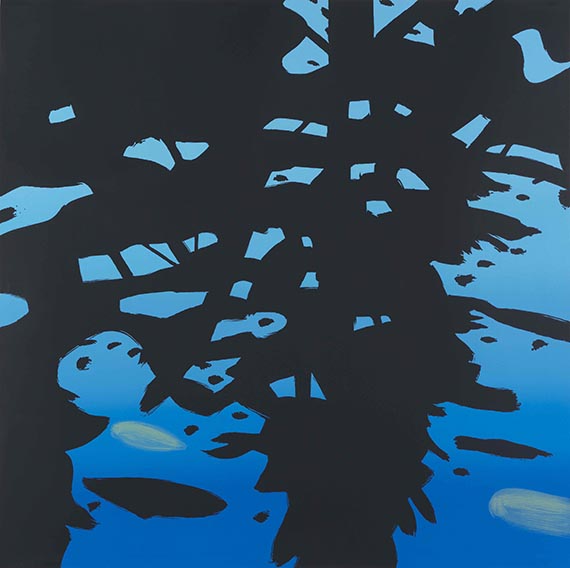
Henri Théodore Fantin-Latour
1836 Grenoble
1904 Buré
The French painter Henri Fantin-Latour was born in Grenoble on January 14, 1836. In 1841, he moved to Paris with his parents. Here, he was taught by his father, Théodore Fantin-Latour (1805 – 72), beginning in 1846. From 1850 to 1854, he attended evening courses at the Petite École de Dessin with Alexandre Péron and Horace Lecoq de Boisbaudran (1802 – 97). The pupil also studied in the latter’s studio.
Beginning in 1854, Fantin-Latour studied at the École des Beaux Arts in Paris. He studied there at the same time as Edgar Degas (1834 – 1917) and Alphonse Legros (1837 – 1911). In the years up to 1861, numerous self-portraits modeled on Rembrandt (1606 – 69) were produced above all. The artist participated in the editorial board of the "cahiers artistiques", but the definitive place for his artistic self-discovery was the Louvre. Up until 1870, Fantin-Latour copied almost daily, in particular the Venetian paintings of the 16th century, in part as lucrative commission work.
Already in the middle of the 1850’s, his first still lifes appeared. Up until 1895, these remained his main source of income. In 1857, Henri Fantin-Latour became acquainted with Otto Scholderer (1834 – 1902), who introduced him to the art of Gustave Courbet (1819 – 77) and to contemporary German composers – particularly Richard Wagner (1813 – 83). From 1861 the artist also had a close relationship with Édouard Manet (1832 – 83), whose work he always admired. After his participation in the Salon in 1859 fell through, worsened financial and familial problems intensified the self doubt and depression that had been triggered. James McNeill Whistler (1834 – 1903) arranged a stay in Great Britain for Henri Fantin-Latour. With the help of his friendship with Matthew White Ridley (1837 – 88) and the collectors Edwin (1823 – 79) and Ruth Edwards, the artist was encouraged to devote himself to still lifes.
Back in Paris, he achieved fame as a portraitist. In 1861, the painter visited the open studio of Gustave Courbet, but soon distanced himself from him. In the following year, he was a charter member of the Societé des Aquafortistes and in 1863 took part in the Salon des Refusés. Fantin-Latour also attended the soirées of Manet and Paul Meurice (1818 – 1905), the Café de Bade and the Café Guerbois, the meeting place of the late Impressionists.
In the second half of the 1860’s, his relationships to friends in Paris and Great Britain began to unravel. Fantin-Latour turned inward, and the experience of the Franco-Prussian war intensified his conservatism and his distrust of his contemporaries. He felt betrayed by the Impressionists. He only remained personally connected with Manet. Fantin-Latour experienced this break from the past as a liberation. He saw himself at the beginning of his true career.
From now on, music played a more definitive role in his work. The painter became friends with the musicologist Jullien and attended the salon of the poet Saint-Cyr de Rayssac. In 1876, Fantin-Latour married the painter Victoria Dubourg (1840 – 1926), whom he had previously gotten to know in the Louvre.
Beginning in 1878, the artist and his wife spent their summers in Buré (Normandy). Here, the couple worked together on artistic projects. In 1881, the artist traveled to England, and in the same year he became a member of the Salon jury. Henri Fantin-Latour also became a member of the committee for the erection of a Delacroix memorial in 1884 and participated in the organization of a posthumous Manet exhibit. In 1889, he became a member of the prize jury for the World Exhibition, and later held many other official positions.
Henri Fantin-Latour died in Buré on August 25, 1904.

Would you like to sell a work by Henri Théodore Fantin-Latour?
Infos for sellerART MARKET:
Abbildung
Oil on cardboard, laminated on panel, 1906
Estimated price 8.000
More offers >






